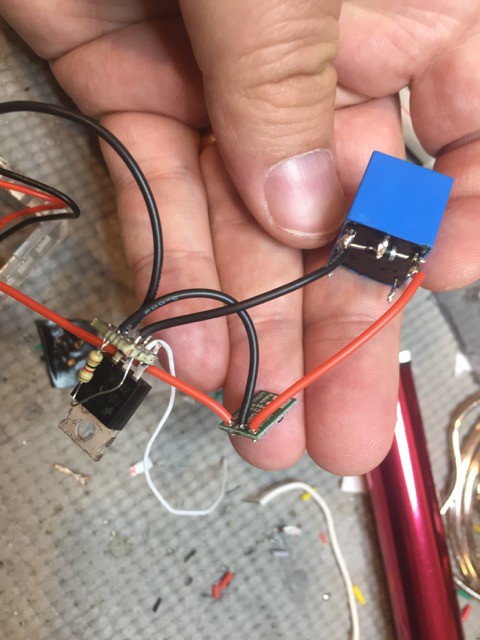After working on projects like this, I'm now looking to build a really cool hand held clicky toy that makes satisfying sound and lights and can still fit in the palm of your hand.
This toy must fulfill the requirements of my clicky manifesto:- It must click, buzz, whirl and make satisfying noises
- It does not need to fulfill any purpose other than creating joy
- It must be immediately satisfying to use on picking it up
- It must be reasonably low power, and not have to get recharged too often
- It must be tactile
- Needs to be as small as possible so I can take it with me
- Must inspire the innocent joy of a 3 year old
- Field programable, so that when a 3 year old has a new suggestion, it can be implemented
Isabella Gilbert, my 3 year old daughter, will provide user acceptance testing.
 Jeremy Gilbert
Jeremy Gilbert


 brtv-z
brtv-z


 origamimavin
origamimavin